Moving gas meter to outside wall: Lesson on how to relocate a gas meter to outside the house. “I hope this helps someone else!”
Lesson on how to relocate a gas meter to outside the house. “I hope this helps someone else!”
Photo by PoPville flickr user Pablo Raw
“Dear PoPville,
I recently finished renovating my unfinished basement in a victorian in NW DC, and had to relocate my gas meter from inside basement to outside the house. Since the basement would become habitable space, by code, the gas meter has to be moved to the exterior of the house for safety. Of course, it would also open up a lot of space too – since the meter is a big bulky thing to have sticking out from the wall. Anyway, this simple requirement turned into a big headache lasting many months, so I want to share my experience with your readers.
To move the gas meter, you need to hire both a plumber, and Washington Gas. The plumber should get a plumbing permit for the gas work inside the house – i.e. to move your existing gas line to outside the property, check for leaks, and run a gas pressure test. Once the plumber is done and the work has been inspected, Washington Gas does the rest – i. e. moving the actual meter outside the house, and removing the old pipes attached to the meter from inside the house. Since I was using a third party inspector (rather than DCRA directly), I had to deal with 3 parties for this work – the plumber, Washington Gas, and the third party inspector. The total price tag was around $4k, of which Wash Gas took a little more than half.
1) I found that Washington Gas was terrible at dealing with gas meter relocation requests. I called them every few weeks for 4 months, only to be told that someone will get back to me to schedule an estimate. Nothing happened. After 4 months of calls and never hearing back, I luckily caught customer service rep, who pointed out none of the reps I had talked to earlier had ever set up a work order in my account to actually do the gas meter work! So basically, these reps I had been talking to for the last 4 months had no training, did not know what they were doing, and had been giving me the run around telling me I will magically get a call – without a work order open in their system for the gas meter relocation work for my account, there was no reason for anyone to ever call me to schedule an estimate.
After she set up a work order, I finally got a call from the Wash Gas contractor (DCI) about 3 weeks later, and he called to set up an appointment to come out to the property. So it took almost 5 months just to get the Washington Gas contractor to come to my house to provide an estimate – of which, 4 months were completely wasted.
2) Worse, on two occasions, Washington Gas customer rep scheduled me for an estimator to come out, and I was told I had to be available the whole day – they could not provide an actual time window. I worked from home and waited all day – nobody showed up. I called them, and was given a second date – again, no show. I was eventually by another Washington Gas rep told this was another snafu at their end – that customer service reps at Washington Gas cannot schedule the estimator’s appointment anyway. The estimate company, DCI, will call directly you and set up a specific date and time to come. Frankly, the level of customer service incompetence in dealing with this issue was mind blowing.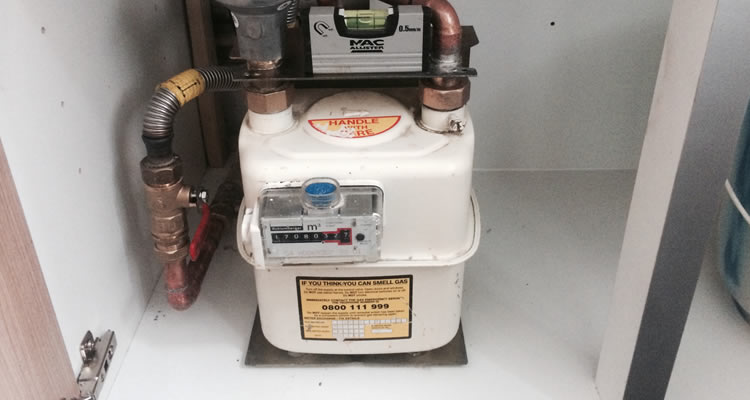
3) Once DCI provided me an estimate, I told them to go forward with the work. It took DCI almost 2 months to get the necessary permits from DC government to do the work. Once they got the permits, they called me to schedule the work.
4) However, before Washington Gas, comes out to do the work, the plumber had to complete their work to move my gas lines, do the pressure test, and identify and fix any leaks. This work required a plumbing permit, and took about 2-3 days to complete. I had to be home during the plumbing work, because they had to keep turning anything that uses gas inside the home on and off during the gas leak tests – in my case, it was the water heater and the gas range in the kitchen.
5) Once the plumber was done, I had to schedule an inspection with my third party inspector. The third party inspector came by and passed the inspection. Apparently the DCI crew (i.e. representing Washington Gas) will not even touch the gas meter, until there is an inspection pass sticker at the work site, placed by an inspector – so that’s a must.
6) Finally, Washington Gas (i.e. DCI) showed up on the scheduled date. They had a crew of about 8 people, and were done in half a day. There is a fair amount of digging involved outside the house, so my guess is they can’t do this type of work in the middle of winter. The crew that moved the meter outside the house left a patch in my front yard. A separate crew of about 5-6 people came by 3 weeks later to get rid of the patch and pour proper concrete in its place, to wrap up the job – and they did a very nice job.
7) I was without gas for a few hours on the days the plumbers were working in the house, and the day Washington Gas did their work – but that aside, the gas was on at the house.
8) My other suggestion for readers is this – if you find that you are having trouble getting an estimator to come out to your house, or scheduling the work, go to Washington Gas Facebook page and complain there. I did that at some point, when I was getting tired of nothing moving for months, and miraculously, that got immediate management level attention.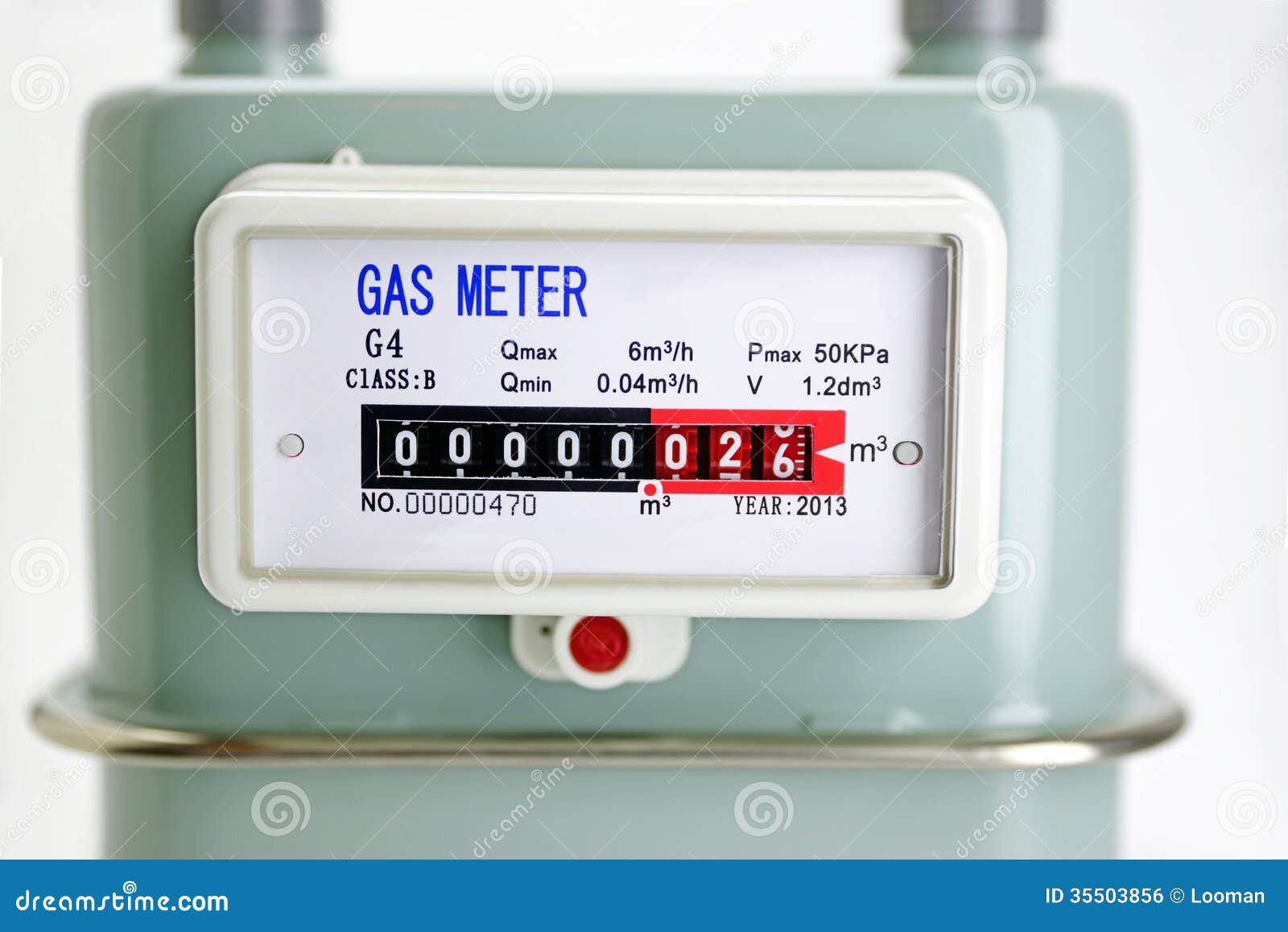
The whole process took almost 8 months from beginning to end. But in my case, the first 4 months of it was wasted because of clueless Washington Gas customer reps I had to deal with – there was no reason for it to take that long!
I hope this helps someone else!”
Gas Meter Relocations | Con Edison
Con Edison, or a qualified contractor hired by the company, will be performing construction work on your block in the next few weeks. As part of that work, we will relocate your gas meter outdoors. If you’d like more information, please call 1-800-643-1289 then choose option 2 and one of our employees will review the meter relocation process with you.
The Public Service Commission requires us to relocate your indoor gas meter outdoors when performing any planned service line replacements and repairs, or new service installations. By moving your gas meter outdoors, we eliminate the need for a Con Edison contractor, or qualified contractor hired by the company, to enter your premises for mandatory inspections.
We may not be replacing your neighbor’s gas service or moving your neighbor’s meter may not be possible due to safety considerations, a space constraint, or physical barrier.
Yes. A smart meter allows us to collect your meter reading without entering your premises. However, there are additional mandatory inspections Con Edison is required to perform regardless of the current type of meter. Relocating the gas meter would limit the number of times we would need to enter your premises for this mandatory work.
If you agree to the meter relocation, a new meter set, roughly the size of your existing equipment, will also be built outdoors near the foundation wall of your home. We will determine the exact location. A construction crew may excavate the street, sidewalk, and possibly your property to replace the existing gas service. The outlet piping from your new outdoor meter will then be reconnected to the outlet piping of your existing indoor meter. Your existing meter will then be removed.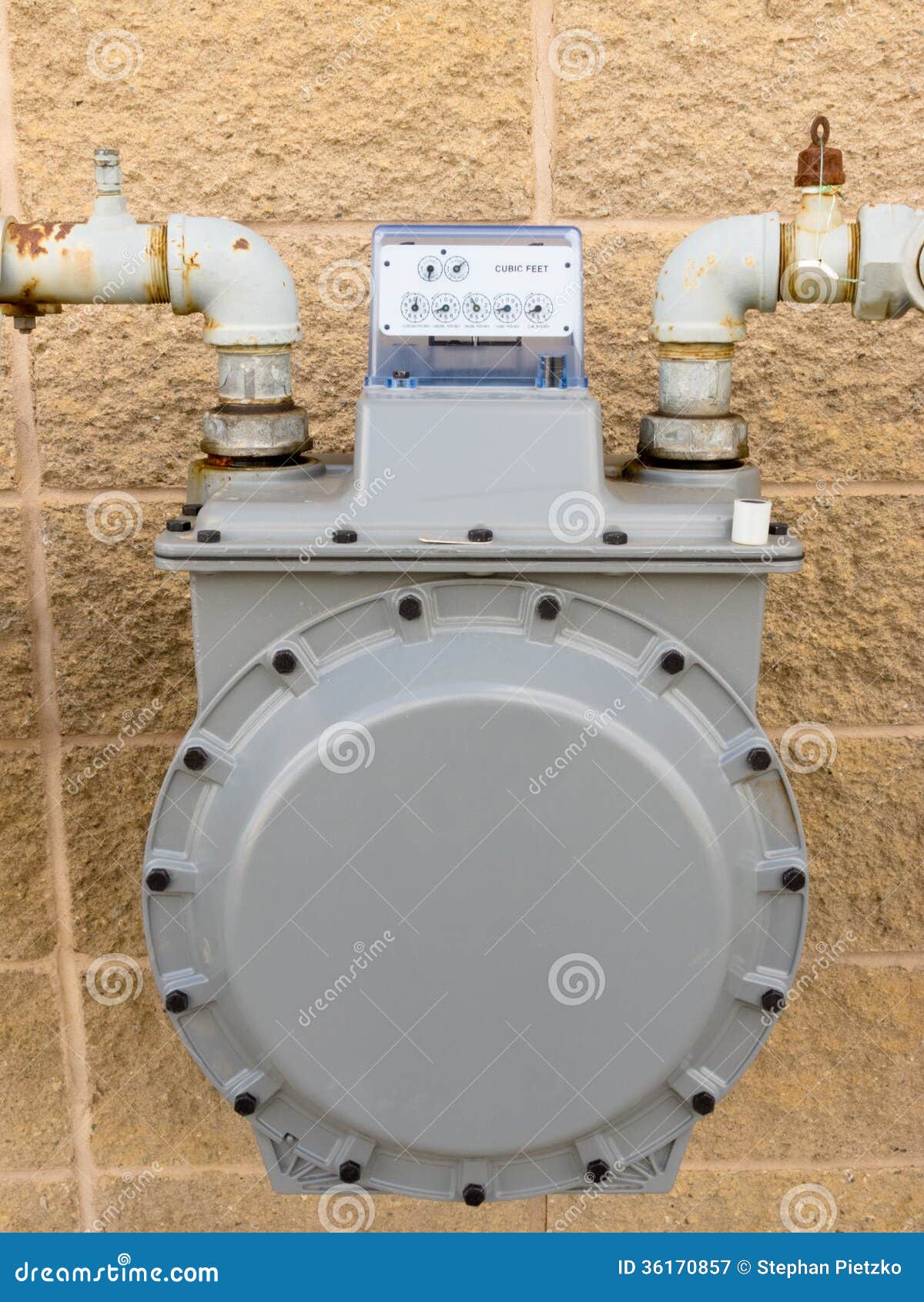
The gas meter relocation will be performed along with the gas service replacement. On average, this work can take about one day to complete.
Con Edison, or a qualified contractor hired by the company, will perform the work. To confirm the identity of the employee or contractor at your door, you can ask the worker to show you their ID. You can always call 1-800-75-CONED (1-800-752-6633) to confirm the worker is who they say they are.
Yes. Con Edison, or a qualified contractor, will schedule an appointment to gain access to your home to move the meter outdoors and to replace the gas service. To confirm the identity of the employee or contractor at your door, you can ask the worker to show you their ID. You can always call 1-800-75-CONED (1-800-752-6633) to confirm the worker is who they say they are.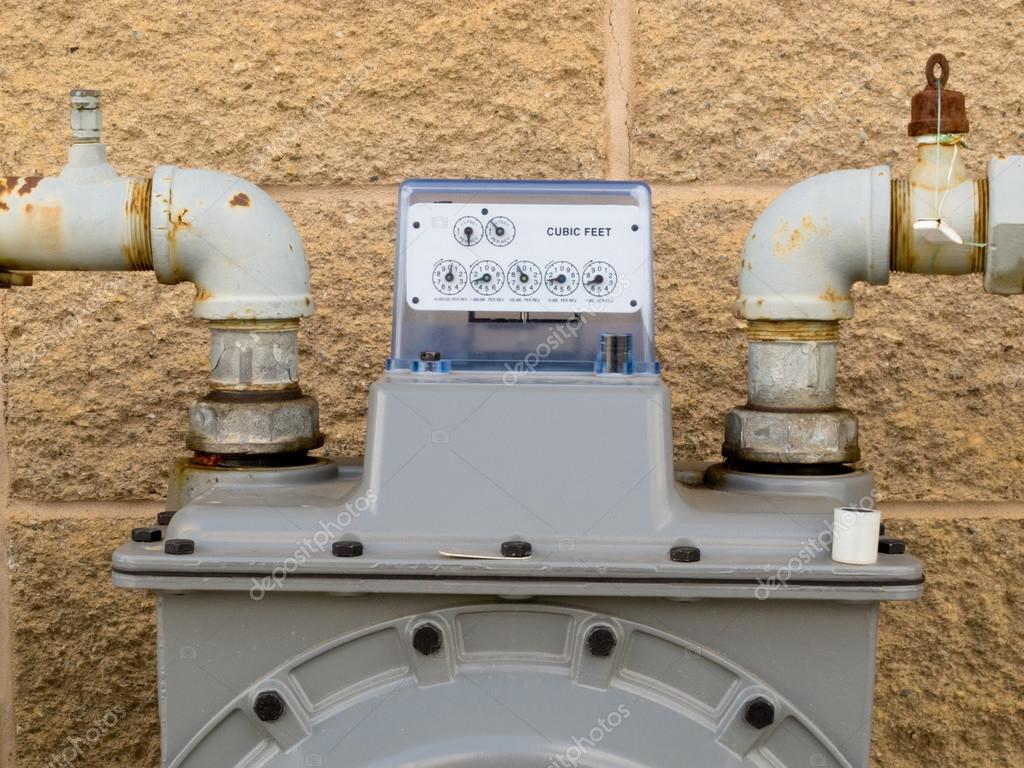
No, but if you refuse to move your meter outdoors you’ll need to sign a form explaining the reason why, stating that you are aware of the benefits of having your meter outdoors, and you will be subject to charges for costs related to survey/inspection of inside piping in accordance with Con Edison’s tariff provisions.
If you refuse to move the meter outdoors, there will be a charge of $179.31 for a 1-3 family home or $358.62 for a 4+ family home per inspection, which will be added to your bill for the month following the inspection/survey. The fee is associated with your gas service line inspection, which is performed once every three years for customer in residential districts, and annually for customers in business districts.
Learn more about gas service line inspections.
To opt out, please fill out and email us the Gas Meter Relocation Refusal Form.
No. There is no charge for relocating your gas meter outdoors.
If you refuse to move the meter outdoors, however, there will be a charge of $179.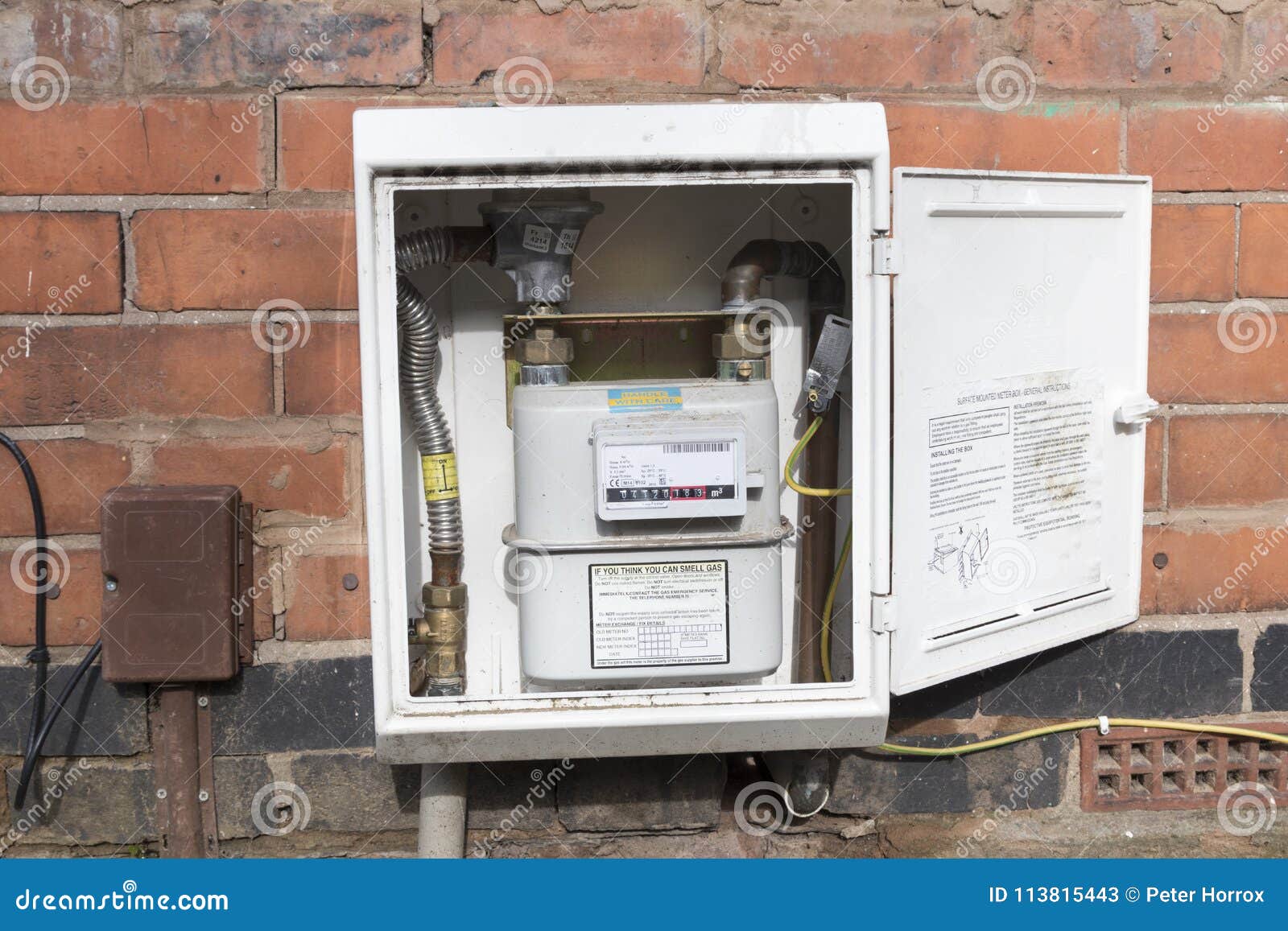
Learn more about gas service line inspections.
A construction crew may have to excavate the street, sidewalk, and possibly your property to replace the existing gas service. Any work that is required to take place inside your home will be discussed with you before construction begins.
Con Edison or a qualified contractor will need access to the gas meter to relocate it outdoors and replace the gas service.
Our workers will attempt to address any issues with our service piping. If there are problems that require further attention, a Con Edison representative will contact you directly about any follow-up work.
How to transfer a gas meter in an apartment or a private house: procedure and cost
Most often, the issue of transferring a gas meter arises during repairs in the kitchen.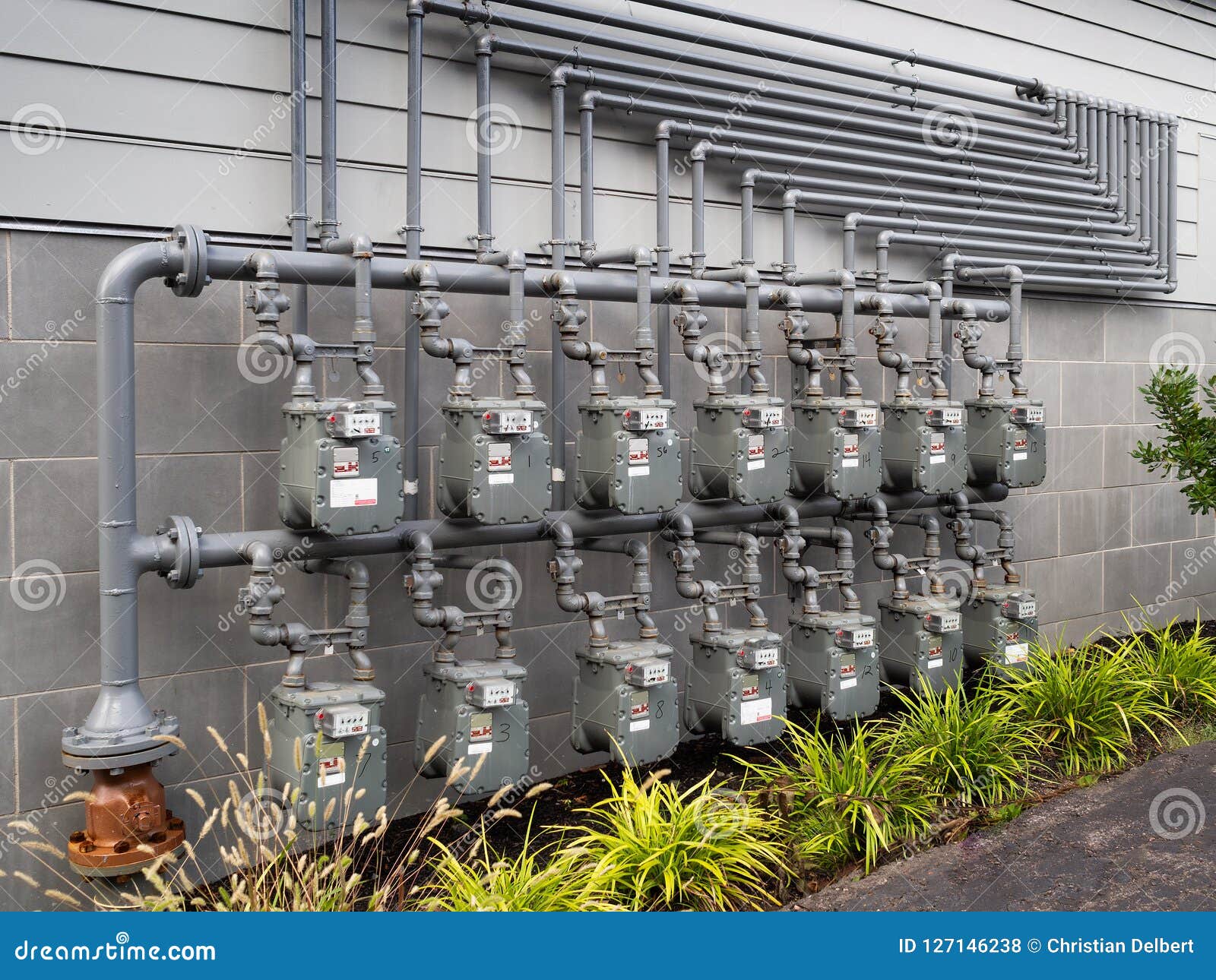
In this article we will tell you how to transfer a gas meter, where to go, what documents will be required and how much it will cost.
Where can I move the gas meter?
Choosing a place to move the meter in the apartment is quite simple, the main thing is not to forget about its availability for maintenance and compliance with safety requirements.
According to SP 42-101-2003 , gas workers have the right to demand compliance with the following standards:
- the minimum distance from the meter to the batteries is 1 meter;
- the meter must be installed at a height of 50 to 160 cm from the floor;
- the minimum distance from the plate to the flowmeter is 40 cm, from the wall – 4-5 cm;
- , the device must not be exposed to direct sunlight or moisture, and the housing must not be exposed to high temperatures.
If you decide to move the meter to the street or other building, then the following requirements must be met:
Before choosing a place, it is advisable to consult with professionals.
How to prepare?
Any work related to changing gas networks must be agreed with the gas supplier. Find the address and phone numbers of the service organization (usually they are listed on the gas receipt). They will answer your questions: how to fill out the application correctly and to which department to give it.
Separately, we note that if changes are made to the gas supply plan, then they must be approved by the gas service engineers.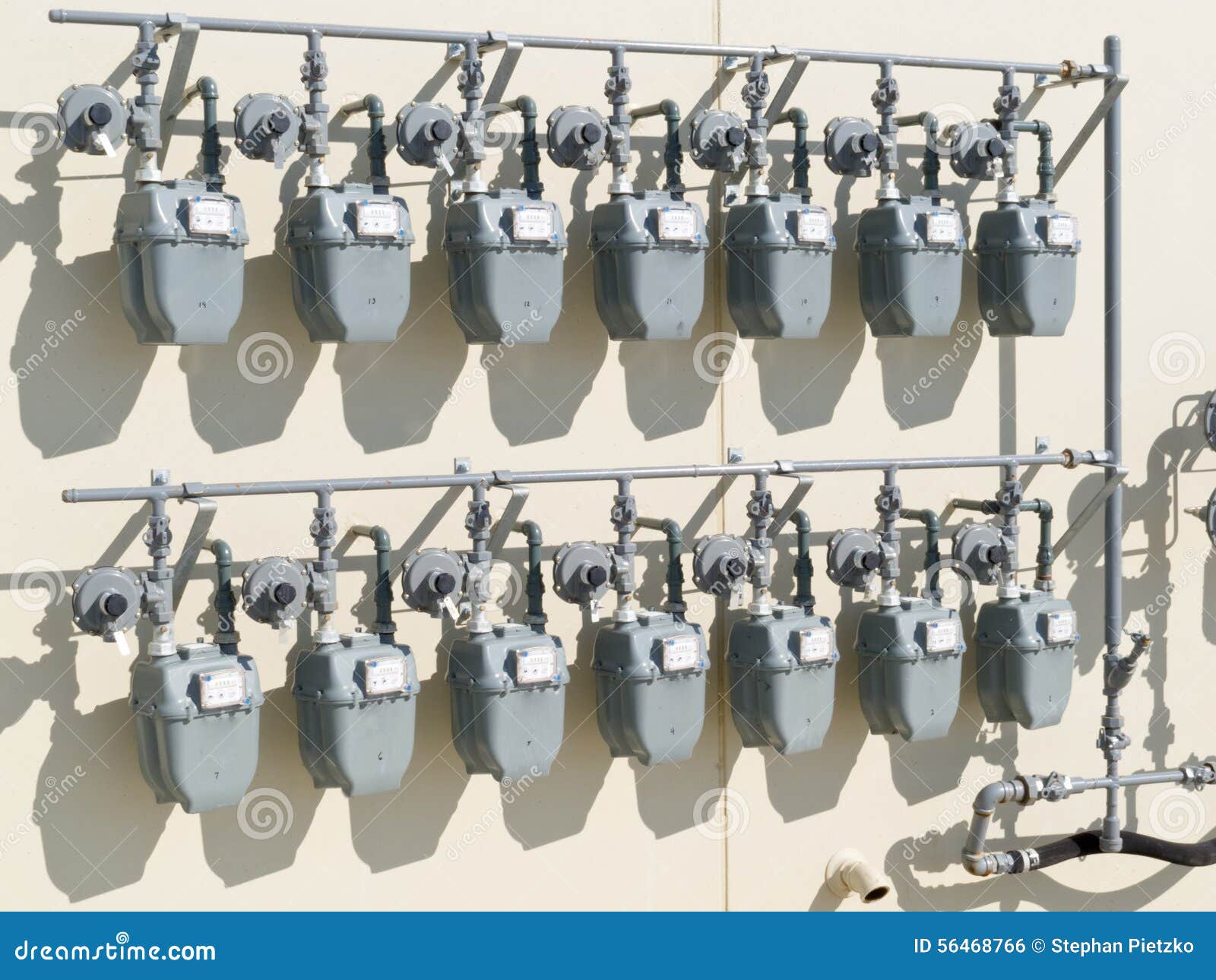
Then prepare a package of documents:
- passport;
- completed application form;
- certificate of ownership;
- written consent of all owners;
- technical passport of the meter with the act of the last verification.
In some cases, you will be billed for the job right away and asked to pay in advance. In this case, you will need to attach checks or other documents confirming the fact of payment. Be sure to take photocopies of all documents for yourself.
Stages of work
At the appointed time, employees of the gas service will arrive, turn off the gas with the consent of the utilities, after notifying all residents.
Then the gas meter is removed, the pipes are transferred according to the scheme and the meter is installed back. After work, the tightness of all connections is checked and the fact of the absence of leakage is recorded.
Then an act of completion is drawn up, which is signed by each party. If the work has not been paid in advance, then the customer is given another receipt, which will need to be paid.
All work for professionals usually takes from 30 minutes to several hours.
Gas meter sealing after transfer
After transfer, the gas meter must be sealed. Usually the service is provided in a complex, on the day of the transfer you will be asked to fill out an application for sealing, and the specialist will come the next day. In rare cases, it may take longer, but no more than 5 days.
Only after the installation of the seal, the work on transferring the meter is considered completed.
Replacing an old meter during transfer
Prudent owners change their old meter for a new one when transferring. This is done for obvious benefit. The old gas meter still needs to be removed and then verified.
Thus, the owners also save on verification, because the meter is new, which means that the calibration interval is calculated from scratch. A bonus is the manufacturer’s warranty on the new device.
Remember, if you decide to change the counter during the transfer, you must inform us in advance.
The cost of moving the gas meter
The cost of moving the meter is made up of various factors. First, gas service rates. Secondly, the complexity of installation, which is paid separately. Thirdly, consumables and accessories: additional pipes, hoses, couplings, a new meter.
Be sure to ask for a pre-calculation of the entire estimate to avoid “unpleasant surprises”.
Safety precautions
IMPORTANT!
Do not attempt to move the gas meter yourself, this is strictly prohibited! Only employees of specialized organizations can perform gas work.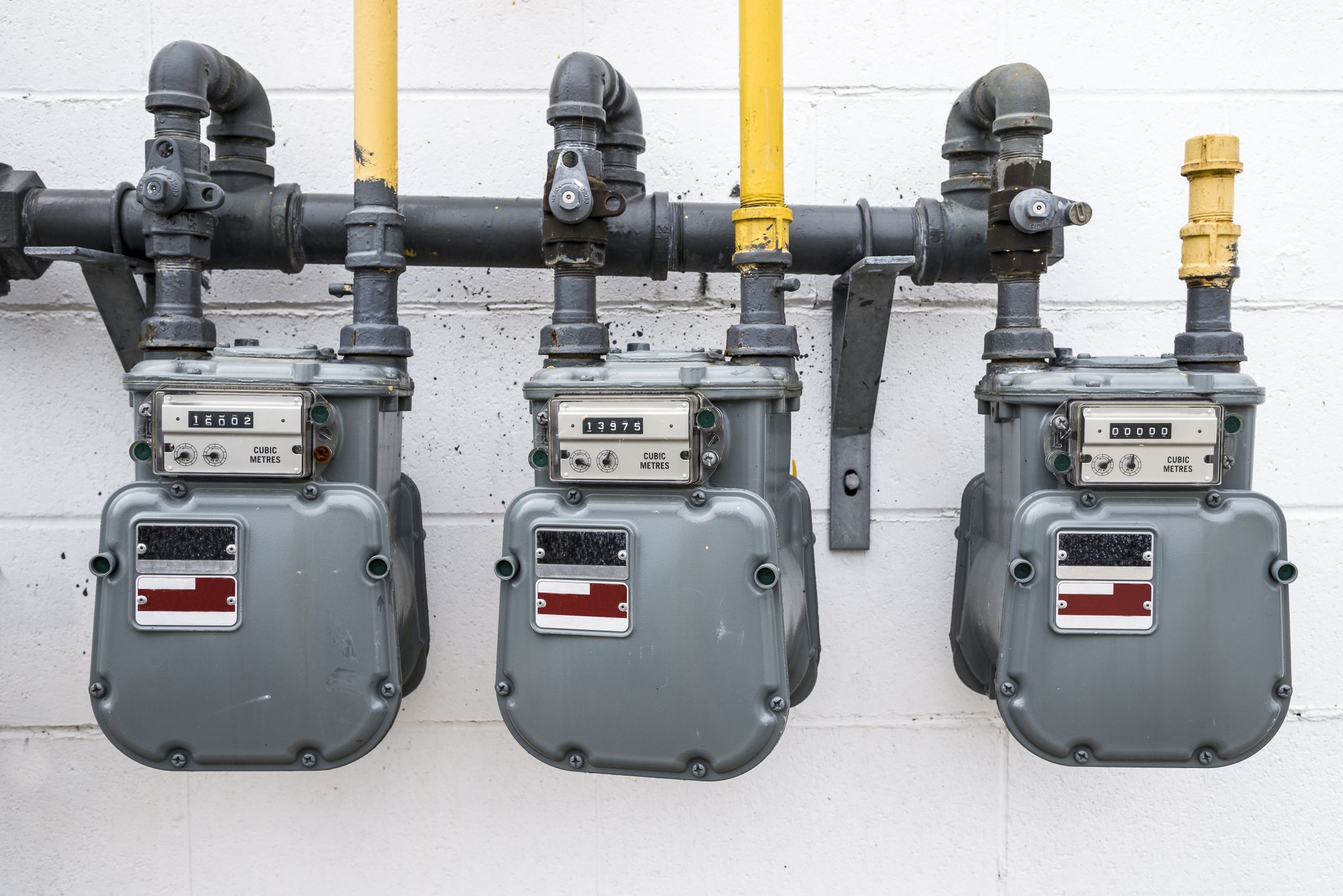
After carrying out the work, carefully monitor the operation of the counter. You can even check for gas leaks yourself, for example, using a soapy solution. If you suspect a leak, then immediately call the emergency gas service on number 04 .
Useful video
Conclusions on the topic
Before moving the meter, be sure to seek advice from professional gas workers. They will answer all your questions and advise you on the best way to organize everything.
Entrust work only to certified specialists who can document the admission to gas hazardous work. If you have any questions, write in the comments. Our masters will answer each of them.
procedure and rules for transferring the flow meter
Started a renovation in the kitchen and thought about how to transfer the gas meter so that it does not spoil the interior of the room? Or is the data transmitted by the flow meter difficult to read due to the inaccessibility of the device? This, as well as the requirements for the location of gas equipment, may cause the transfer and modification of an existing project.
There are a lot of rules for dismantling and installation. All of them are approved by law and are accompanied by instructions on who has the right to do the work, what documents are needed, what algorithm should be followed when changing the position of the counter.
In order not to search for information from disparate sources, we suggest that you read our article. In it, we have collected information about the requirements of the law, precautions, the correct procedure for moving the flowmeter.
Contents of the article:
- Possible reasons for the transfer
- Rules for choosing a place for the meter
- Main stages of preparation
- Procedure for performing work
- Installing a new device during transfer Documents
- Installing a seal after the transfer
- Conclusions and useful video on the topic
Possible reasons for the transfer
The most common motive is the start of renovation in the kitchen, when old cabinets are replaced by a new fashionable set.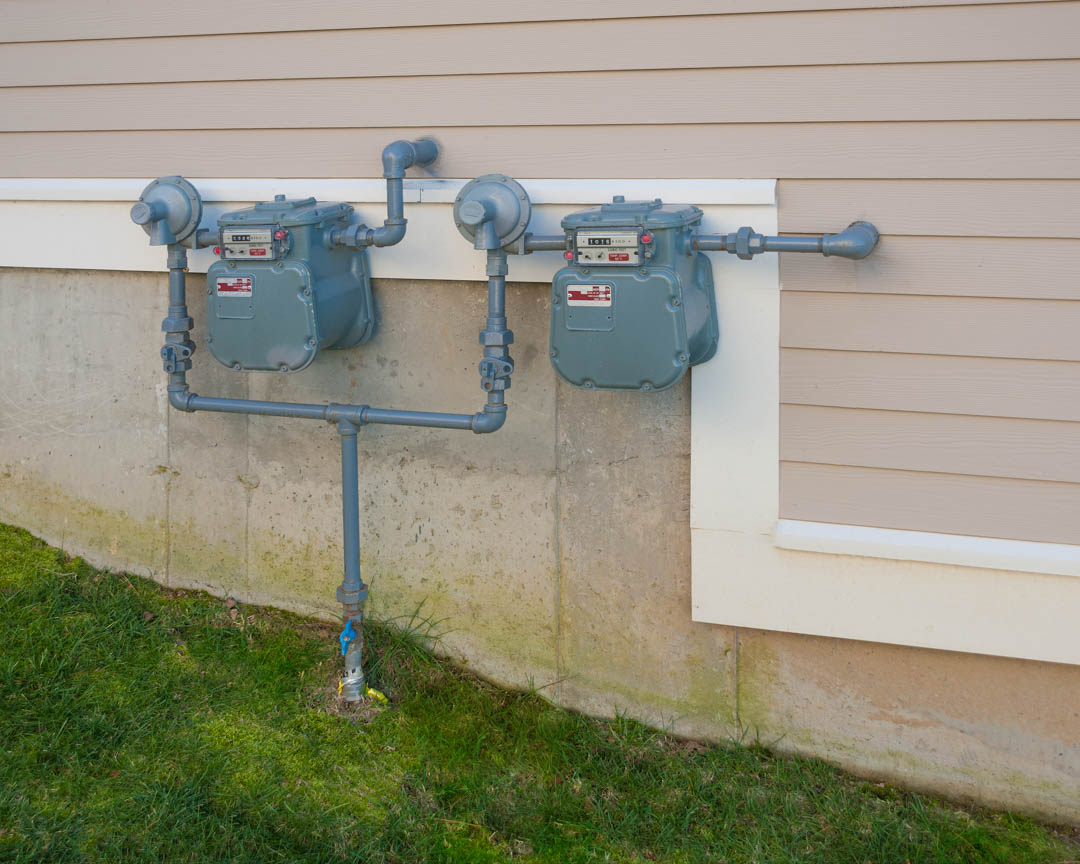
In this case, the owner of the house or apartment acts as the initiator of the displacement of the device. He can also start the process when changing the stove, gas equipment, buying new heaters or a taller refrigerator.
When planning the purchase of a new kitchen set, it is worthwhile to determine in advance the place for the counter. In this case, it is necessary to take into account the requirements of SNiP 42-01-2002, which contains the rules for the location of the device. The correct approach is a preliminary consultation of the gasman
But this is not the only possible option. A gas service employee who notices a violation of the placement rules can demand to be moved in the kitchen. In this case, he will draw up a suitable scheme and determine the timing of the work.
Rules for choosing a location for a meter
The main criteria for choosing a location are safe operation and ease of maintenance.
If you look into the Code of Rules 42-101-2003, you can find such requirements as:
- keeping a meter distance from the meter to the batteries;
- location of the apparatus at a height of 0.
5 to 1.6 meters from the floor, 40 cm from the surface of the plate;
- placing it 4-5 centimeters from the wall;
- distance from the sink, other sources of high humidity.
And most importantly, the gas meter must be visible. Access must be free for reading indicators and control examinations.
The location of the meter in the apartment is more standardized than in the private sector. When moving a gas meter in a private house, it is often necessary to apply an individual approach.
When applying to the gas service, the owner of a residential building must submit an already existing gasification project. The document is created at the stage of connecting the household to the gas pipeline
The device can be taken outside, outside the gasified premises. Or located in a new, completed building. In such cases, it is necessary to focus on the design rules for gas distribution systems.
They state that:
- removal of the device outside the room must be accompanied by a canopy, a metal cabinet that provides sufficient ventilation;
- the appliance must not be placed closer than 50 cm to window and door openings;
- External openings in the walls of the house are not suitable for installing a flow meter, as they contribute to the accumulation of fuel in the event of a leak.
Installation of a gas flow meter on open free-standing supports is acceptable if the ambient temperature does not exceed 60 degrees above zero and drops below -20.
In disputable situations, the rules for placing the meter, specified in its technical passport, take precedence.
Basic preparation steps
Despite the fact that the actions of gas services are regulated by law, the procedure for applying and submitting applications for transferring a meter may differ.
You can find the address and contact phone number of the district gas service on the receipt, which is sent monthly to residents for payment. Usually this information is located at the bottom of the sheet
Therefore, the first step in preparation should be to call the organization serving the area of \u200b\u200bresidence. Its representatives will tell you where to get the application form and which department to contact.
If the changes affect the general plan for the gas supply of an apartment building, then not only the possibility of transferring will be clarified, but also a separate agreement.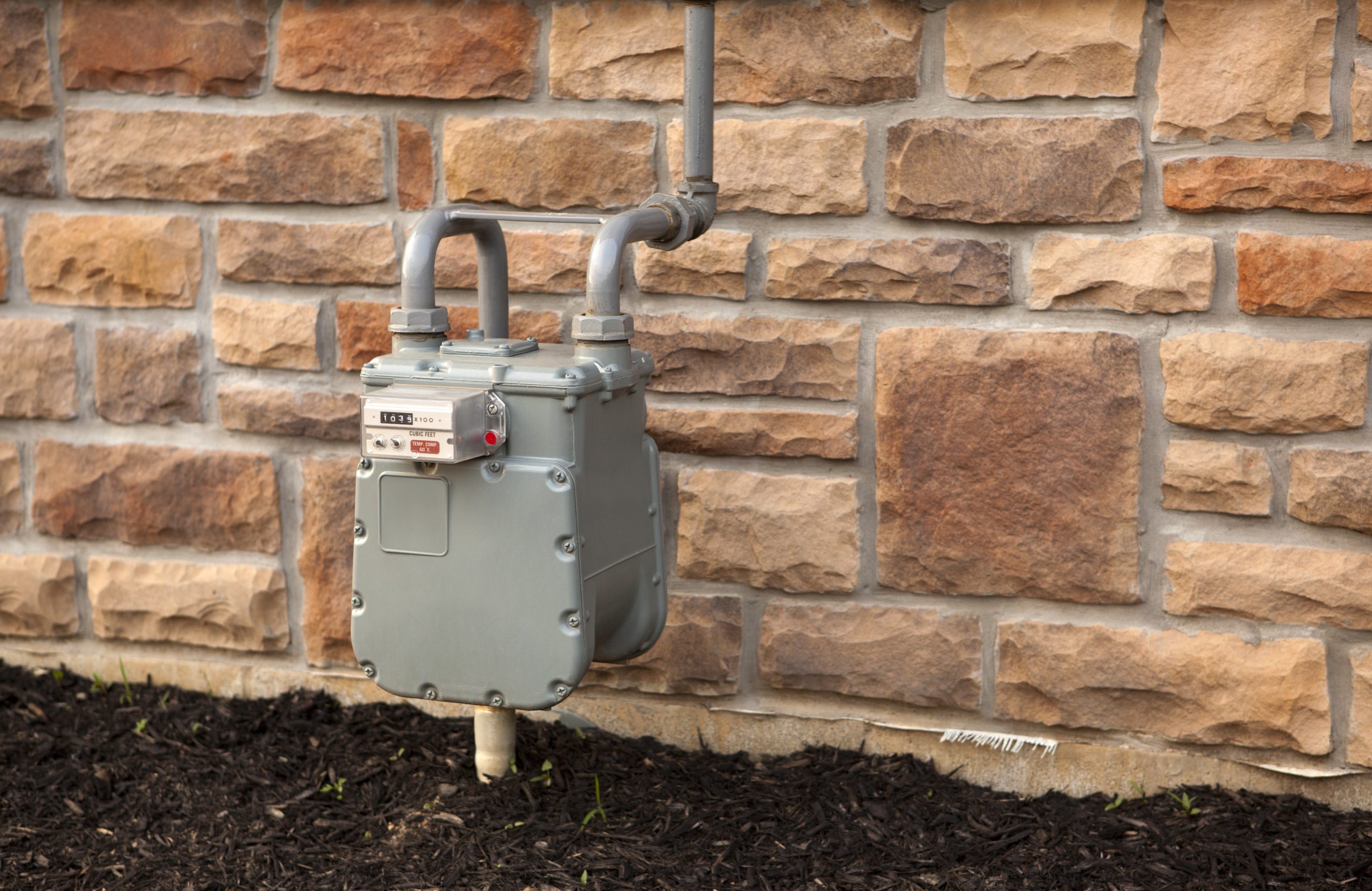
The next step is the preparation of documents. Thus, the standard set includes:
- Applicant’s passport.
- A completed application form indicating the reasons for the transfer of the meter.
- Certificate of ownership.
- Written consent of all owners.
- Technical passport of the apparatus, act of the last verification.
Some services additionally require confirmation of payment for the services of the gas supply organization, as well as copies of all submitted documents.
If a new device is installed during the transfer, it is necessary to coordinate its type and brand with the gas service. A professional opinion will also not interfere here, since the counters are right and left, have different bandwidth
The final stage of preparation is payment for the dismantling of the device and its transfer. The owner is given an estimate, which indicates the cost of work, the name, quantity and price of consumables.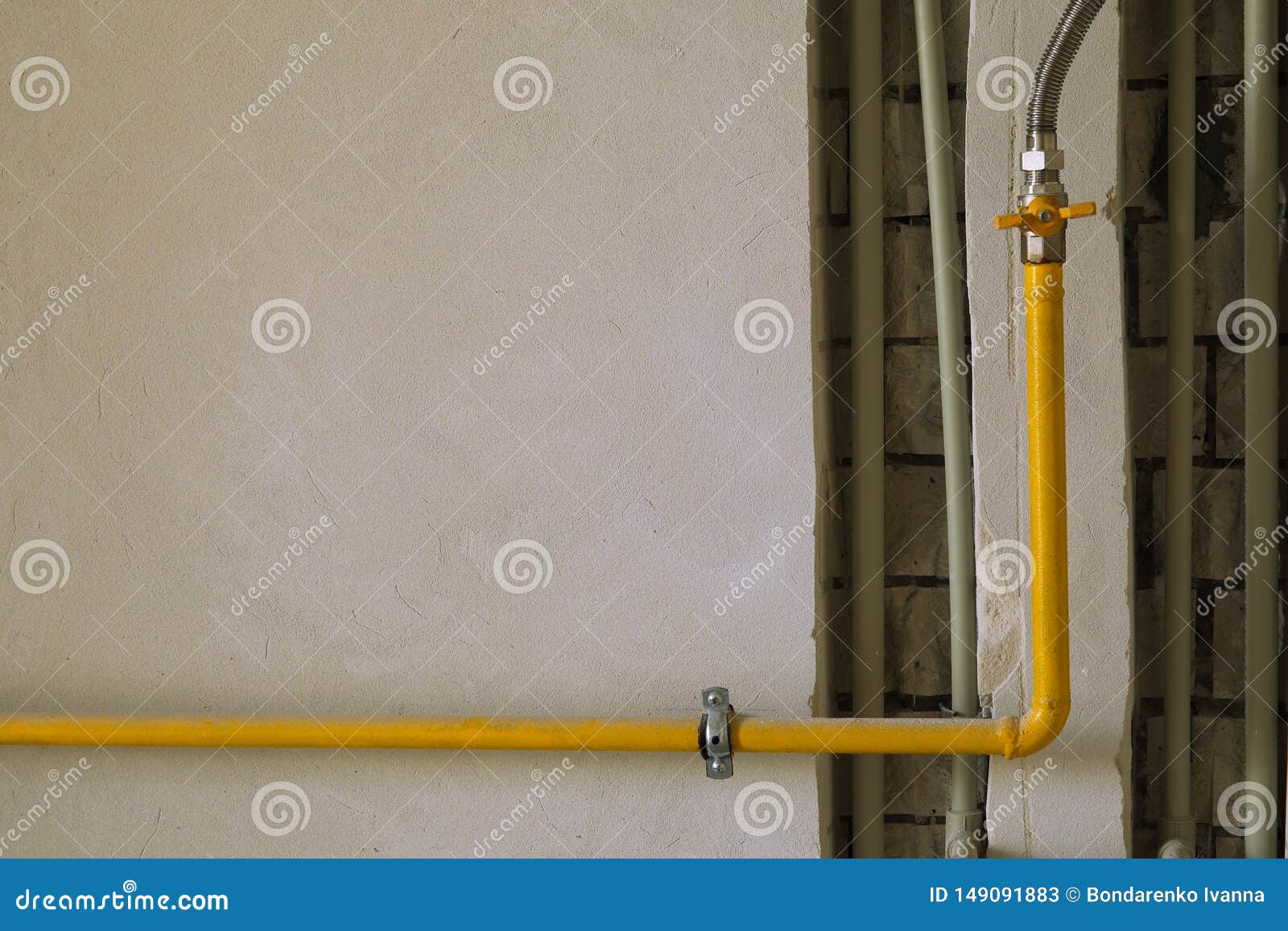
Work order
Professional teams spend no more than an hour on moving or in the apartment. First of all, the gas supply is turned off in the house. This is done in agreement with local utilities, with a warning to other residents.
The next steps are as follows:
- The device is removed by gas welding.
- Carried out in accordance with the new scheme.
- The device is installed in a new location.
At the end of the work, the gas service representatives must check the tightness of the connections. To do this, gas is launched through the riser, and soap suds are applied to the joints.
The absence of bubbles indicates good connections. The appearance signals a leak. In this case, the gas is blocked, the seams are welded again.
It is necessary to prepare the working space for the visit of the gas workers: ensure the availability of gas equipment and pipes, move the curtains, remove kitchen utensils, foreign objects
Flange connections are re-tightened.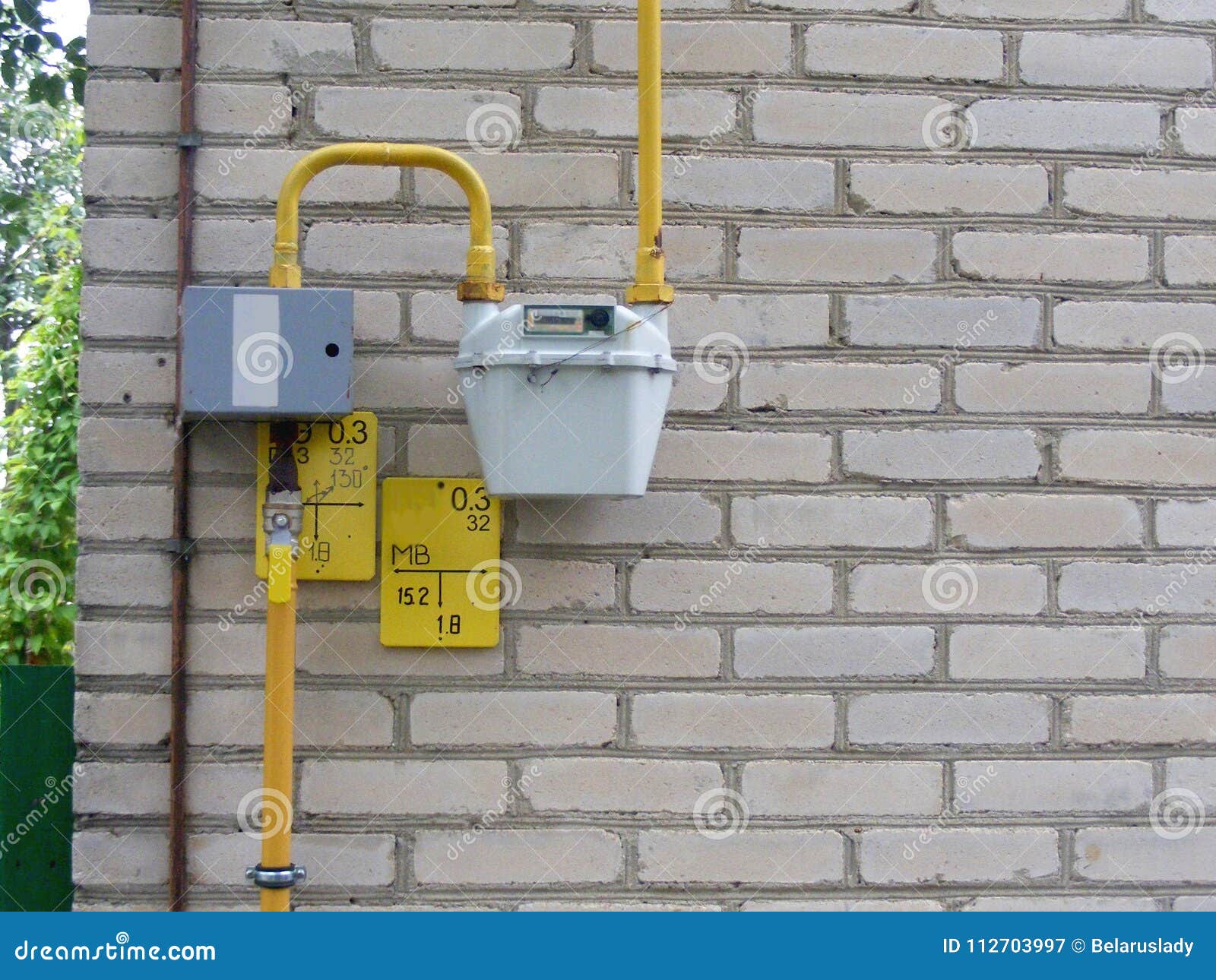
Installation of a new device during transfer
The work of transferring the flowmeter can be combined with a new one. This is beneficial when:
- coming to an end;
- desire to install a modern device with remote data transmission;
- absence of documents confirming the positive outcome of the last verification.
Returning an old device for verification, you will have to spend time waiting for the service to be provided and money to pay for it.
If the equipment is found to be unusable, the costs will increase: a new meter will need to be purchased. Therefore, in some cases, when transferring, it is more profitable to schedule the installation of a new device.
Acceptance, accompanying documents
Being present during the work, the owner can check the correct installation and compliance of the new arrangement of pipes and the meter with the approved scheme.
It specifies:
- information about the gas distribution organization that issued the permit and sent its representatives;
- information about the employees who performed the work;
- technical data of the meter, its serial number.
The second required document is the act of commissioning the device. It should record the date and time of launch, confirm the device’s operability.
When applying for a meter relocation, ask the gas company if it is possible to seal the meter immediately after installation. Some organizations provide this opportunity. In others, a separate application must be submitted after completion of installation work
Both acts are drawn up in two copies. The owner of the premises must keep his copies together with the technical passport of the product.
Installing a seal after transfer
Once the gas meter in the kitchen has been transferred, it must be sealed.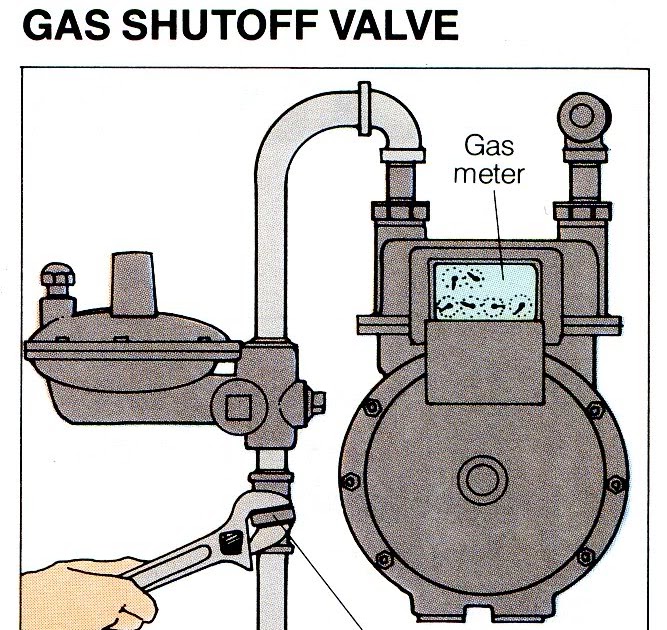
The following documents will be required at the time of application:
- Applicant’s passport, proof of ownership.
- Product data sheet or copy.
- Acts drawn up by the masters of the gas company during the transfer.
The period allotted for is 5 days. During this time, the company is obliged to agree on and determine the date of the specialist’s visit, perform the work, and prepare a service contract.
After the meter has been transferred and sealed, the readings must be recorded. The data must be documented. This rule applies to both new devices and those already in operation
The meter is charged from the day following the date of sealing. Up to this point, when calculating expenses, the consumer should be guided by regional and seasonal regulations.
Conclusions and useful video on the topic
In the video below, employees of the gas company once again remind that before buying a kitchen set, it is necessary to clarify the possibility of transferring the meter, to obtain official consent:


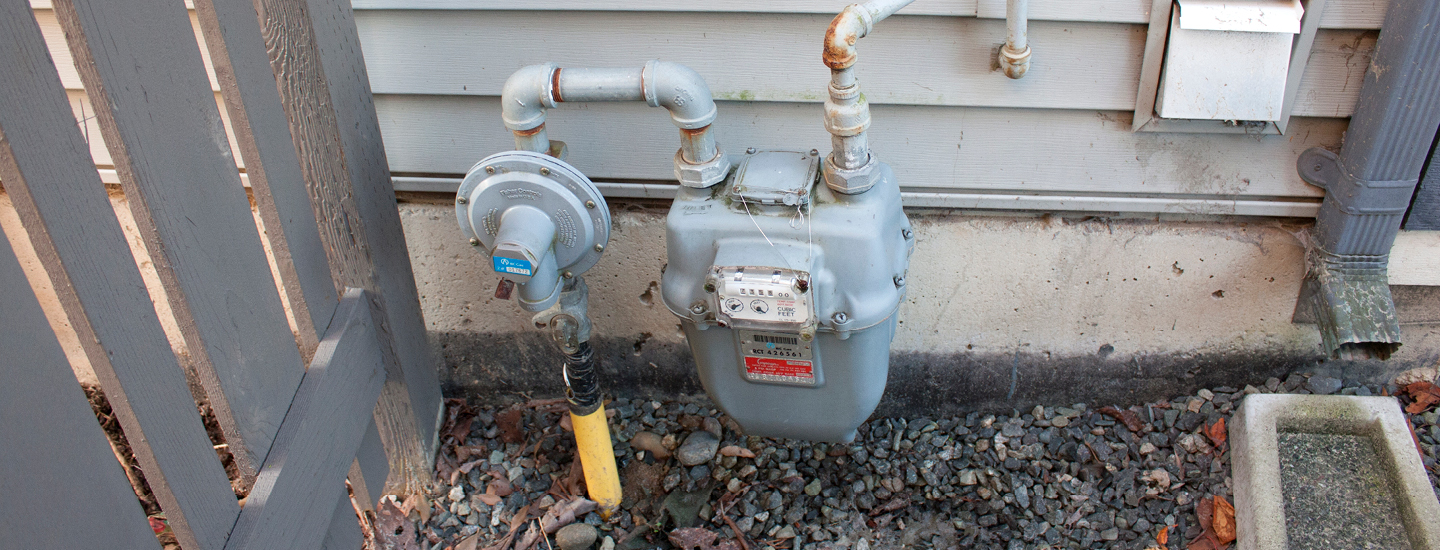 5 to 1.6 meters from the floor, 40 cm from the surface of the plate;
5 to 1.6 meters from the floor, 40 cm from the surface of the plate; 